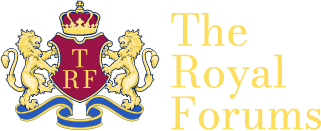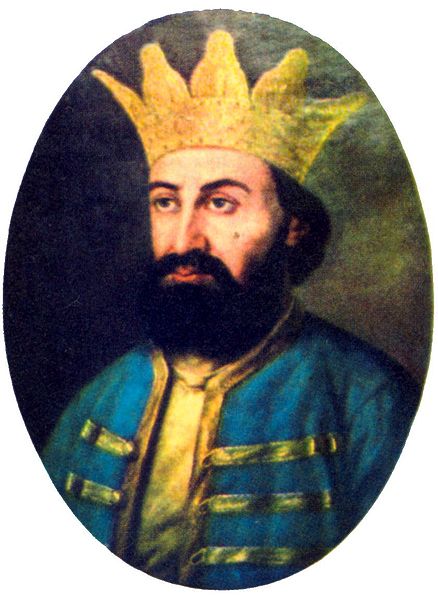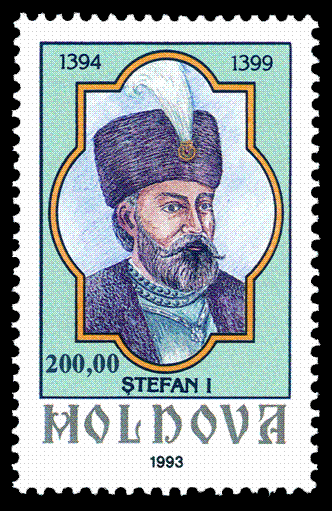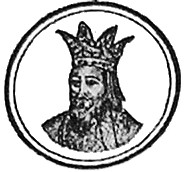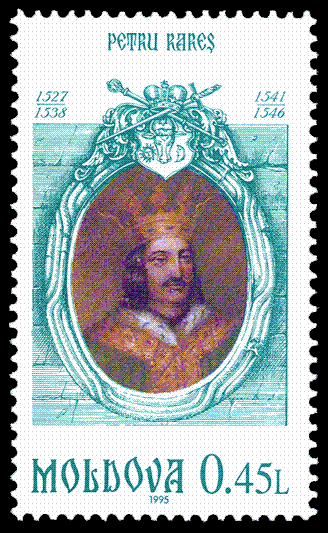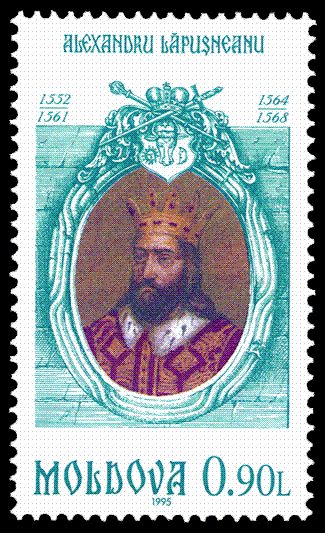Warren
Administrator in Memoriam
- Joined
- Jan 22, 2005
- Messages
- 15,447
- City
- Sydney
- Country
- Australia
Moldavia
(Ţara Moldovei)
Principality of Moldavia
1346-1859
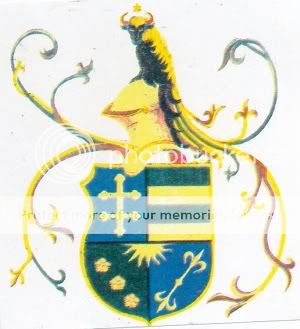 . . . . . . .
. . . . . . .
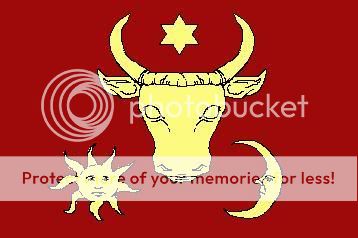
Arms of the Princes of Moldavia. . . . . . . . . . . . . . . . . . . . . . . . . . Flag of Prince Stephen the Great, late c1600s
(Ţara Moldovei)
Principality of Moldavia
1346-1859


Arms of the Princes of Moldavia. . . . . . . . . . . . . . . . . . . . . . . . . . Flag of Prince Stephen the Great, late c1600s
Moldavia is a geographic and historical region and former principality in Eastern Europe, corresponding to the territory between the Eastern Carpathians and the Dniester river. An initially independent and later autonomous state, it existed from the 14th century to 1859, when it united with Wallachia as the basis of the modern Romanian state. The western part of Moldavia is now part of Romania and the eastern part belongs to the Republic of Moldova, while the northern and south-eastern parts are territories of Ukraine.
Dynastic rule is hard to ascribe, given the loose traditional definition of the ruling family (on principle, princes were chosen from any branch, including a previous ruler's bastard sons - being defined as os de domn - "of Voivode marrow", or as having hereghie - "heredity"; the institutions charged with the election, dominated by the boyars, had fluctuating degrees of influence). The system itself was challenged by usurpers, and became obsolete with the Phanariote epoch, when rulers were appointed by the Ottoman Sultans. Between 1821 and 1862, various systems combining election and appointment were put in practice.
In 1862 Moldavia united with Wallachia as the basis of the modern state of Romania.
Moldavian rulers, like Wallachian and other Eastern European rulers, bore the titles of Voivode or/and Hospodar.
Courtesy of Wikipedia
Dynastic rule is hard to ascribe, given the loose traditional definition of the ruling family (on principle, princes were chosen from any branch, including a previous ruler's bastard sons - being defined as os de domn - "of Voivode marrow", or as having hereghie - "heredity"; the institutions charged with the election, dominated by the boyars, had fluctuating degrees of influence). The system itself was challenged by usurpers, and became obsolete with the Phanariote epoch, when rulers were appointed by the Ottoman Sultans. Between 1821 and 1862, various systems combining election and appointment were put in practice.
In 1862 Moldavia united with Wallachia as the basis of the modern state of Romania.
Moldavian rulers, like Wallachian and other Eastern European rulers, bore the titles of Voivode or/and Hospodar.
Courtesy of Wikipedia
Last edited:
